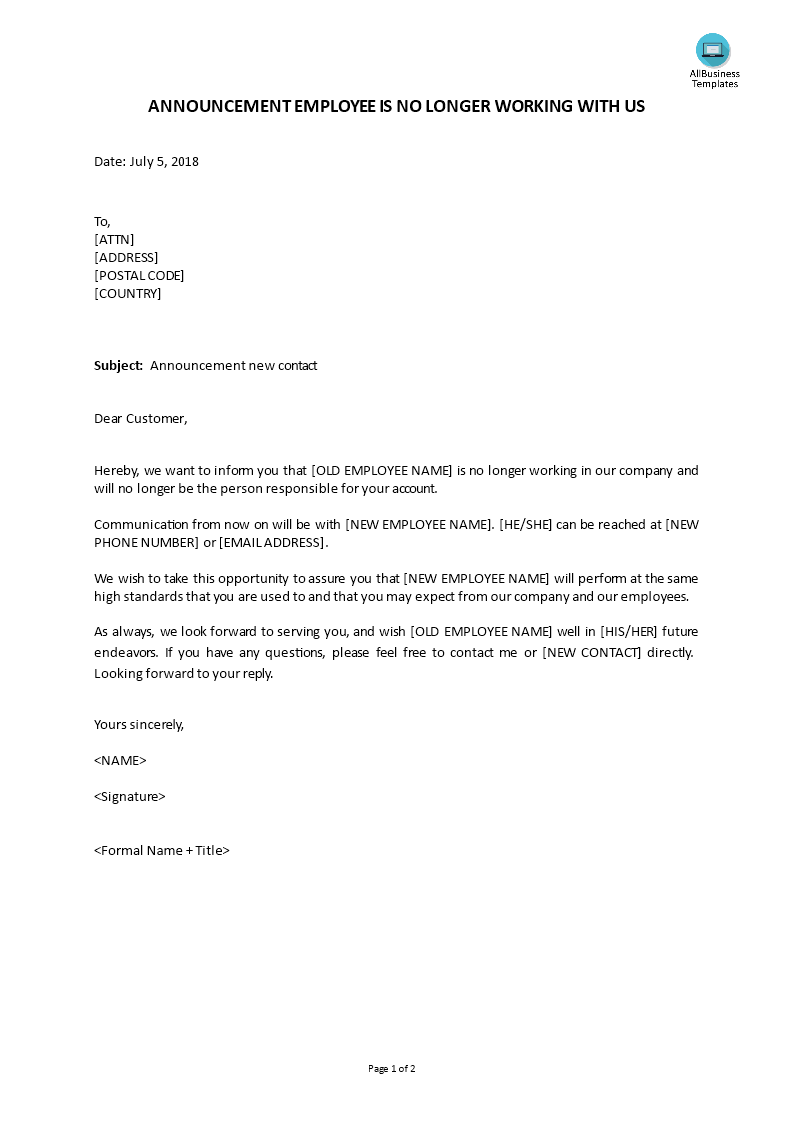

Give Useful DetailsĪfter stating your purpose, you’ll want to briefly provide any useful, relevant information. We would like your help with the Bad Man Conference in Las Vegas this September. We spoke last March at the Villain Conference in London. My name is Joe Milan and I’m a Villain Recruiting Representative at WorldTakeOver Inc. Get straight to the point with a clear sentence explaining what you want. Are you making a request? Providing information? Apologizing? Complaining? Sending a document? 3. State Your Purpose for WritingĪfter your greeting, you need a simple sentence that clearly states why you are emailing. Keep it simple, no more than a couple sentences. Remember: The most common mistakes of the greeting are forgetting a salutation (Hello) and writing too much. They don’t need a long history, just something brief (short) that will help them remember or know who you are. We met at the Villain Conference in London last March and discussed ways my company could help you prevent evil from taking over the world. How do you do it? Simple: State your name and how the reader would recognize (know/remember) you. This includes people who you met briefly at conferences or people who may not recognize your email address. So, you have to tell your reader who you are. When you write an email, sometimes the recipient doesn’t know you or remember you. If it’s a more formal email, you can use greetings such as “Dear Coworkers,” “Dear Colleagues” or “Dear Hiring Committee.” 2.

If it’s a small group of people (five or less), use their first names: Dear Sarah, Roxy and Chad. If it’s a group of people you know really well, you can use something more informal such as “Hi all,” “Hi team” or “Hi everyone.” When writing to groups of people, think about your relationship to the group. Dear Human Resources Department) or “Dear Sir/Madam” if possible. Otherwise, you can use the formal “To Whom It May Concern” greeting. If you’re ever sending an email to an address that doesn’t have a specific contact name, use the name of the department/team (i.e. Whether that is a new client for the company, or the HR (Human Resources) guy that falls asleep while waiting for the elevator, this basic greeting works. Using titles and last names is a formal greeting, and you should use it with anyone that you do not know well. Often these are coworkers or people you know who prefer to be called by their first name. Using first names is appropriate (okay) when you meet the person regularly and you feel comfortable using their first name with them. Let’s now look at each situation in more detail. Notice that we always start with a capital letter, and there is a comma (, ) after each greeting. To keep greetings simple, here are three that you can use in 90% of business situations: So you are probably thinking, Where do I start? What greeting (salutation) should I use?īeing polite is important in business, and greetings are an important part of this.

For more ideas, check out the video “Writing a Business Email.” 7 Easy Steps to Writing a Strong Business Email in English 1. Start Your Email with a Greeting This is an unfinished email, as you haven’t sent it yet.īelow, you’ll find a guide that includes some additional specific language you can put in emails.
#Writing this email to inform you pdf#
This blog post is available as a convenient and portable PDF that youĬlick here to get a copy. This handy guide-with seven simple steps-will have you writing strong business emails in no time (very soon)!īut before we get to step one, let’s quickly look at a few basic words related to emailing in English:
#Writing this email to inform you movie#
While that may be a great movie line, it’s not the way you should start your business emails.Īnd what should you include, besides using some relevant business phrases? SeptemOperation Email: 7 Simple Steps to Write Smooth Business Emails in English By joemilan and Rebecca Thering Last updated:


 0 kommentar(er)
0 kommentar(er)
